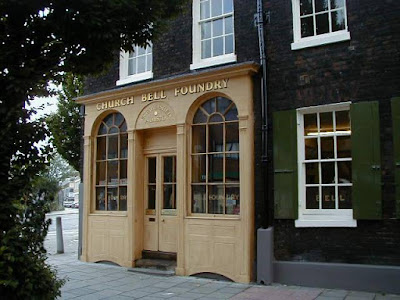Whitechapel is life in all its wild and rotten splendor;
beside it, the rest of the world seems a tomb.
Reid headed criminal investigation at H Division in Whitechapel where Ripper did his crimes. Although you’d expect so, the series does not directly address the murders. They add dolorous atmosphere, a guilty prod to the police for work unfinished, in that Ripper was never caught. (Episode 1.1, a copy-cat murder, is as close as Div H police get.) In the main, Ripper Street is a deep dive into the late 19th century world of London’s East End and the battles by its protagonists to solve crimes, keep the peace, and have some semblance of private life and love.
Reid’s particular sidekick is his forensic pathologist, an American with a shady past, Homer Jackson, played by Adam Rothenberg (above, second l). Jackson is a “two-penny sawbones, a snake-oil-pushing clap doctor” whose outside-the-box genius for uncovering crimes in the bones and tissues of victims is invaluable to Reid. Homer has a wife from whom he is estranged, Long Susan (far l) a criminally inclined, heart-of-gold brothel madam played by MyAnna Buring (Twilight Saga, Downton Abbey).
Fellow officer(ctr. r) is Inspector Bennet Drake, the craggy Jerome Flynn (GoT's Bronn) and one more main player, Rose, the prostitute who seeks to better herself, is played by Charlene McKenna (far r). Drake’s gnarly charisma is a helpful offset to MacFadyen’s buttoned-up Inspector Reid — the center spoke around which action turns, “attached to Whitechapel as if by lead weights on a river bed”.
The Dickensian world of Whitechapel comes to life with assorted guest players such as the winsome (Ms) Charlie Murphy (above, l, of Rebellion, The Last Kingdom), and the very appealing Damien Molony (above, r) in an episode that stews together romance, Irish politics, and a battle for adoption of either alternating or direct-current electricity.
Whitechapel itself is an affecting character. St Mary’s, a small local chapel dating from the 1300’s, lent its name to the area which became a slum in Victorian times as Irish, Jewish, Indian, and other foreigners crowded in to this and other East End neighborhoods. ‘Elephant man’ Joseph Merrick (below) lived and died in Whitechapel, often on exhibit as a curiosity (one story is his).
By the 1880’s there were reportedly 60 brothels and 1200 prostitutes. Noxious businesses located there, the sounds and smells of tanners, brewers, and metal shops comfortably distant from the affluence of central London. The Whitechapel Bell Foundry headquarters (below), dating from the era of Elizabeth I, cast Westminster Abbey bells, Big Ben, and the Liberty Bell of Philadelphia.
The East End has been in our sights over and again. In the 1590s Shoreditch, East End, Shakespeare plied his trade at the Curtain Theater (Shakespeare in Love).The late 1990’s series Bramwell featured a woman doctor operating on this turf and telling stories of East End poor; Call the Midwife (1950’s-60’s)is a more recent take, and Tom Hardy’s recent Taboo features East End locations. However, Warlow’s Ripper Street is likely the most consistent, visceral, and frenetic portrait of this small piece of real estate. Division H policed a bit over a mile and 67,000 poor, including factories, tenements, brothels, and pubs. Their stories addressed labor conflict like the Match Girls strike and discrimination against Jewish, Chinese, and Indian minorities.
The ever-present thread of women seeking to control their own lives and bodies is revealed in Long Susan’s career, for which she pays and pays more. New technology arrives — the telephone and micro-reader, blood typing, finger printing, and the invention of film become lynchpins for murder.
Rose, the prostitute, is manipulated into being photographed by a pornographer who strangles his subjects in front of the camera; we are introduced to the amazing invention of moving images, sure to become cash cows for future pornographers. A gang of child criminals is led by an adult man who directs the boys to capture girls for sale to groups of men; Reid traces the source of the Plague to a “Molly House” (gay/transgender brothel); a train robbery results in the deaths of 55 people; Long Susan finances a hospital and is convinced to treat victims of back-alley abortions when an affiliated male doctor is discovered using poor women for experimentation and sterilization; the stockholders of a shipping company are dismayed to find that a woman is the inventor of a new engine that could save the company; a work house administrator is found to have murdered sickly children in his care.
Four seasons serve up a steady diet of these social-justice-themed police procedurals, each complex and tightly wound, but season five resolves the relationships of the main characters while bringing to justice a poor fellow who having seen his mother eaten by wolves, bites his victims to death: “homo homini lupus est — man is wolf to man” (that's Jonas Armstong, above, as Nathaniel).
Ripper Street streams now via Netflix.
The above post was written by our
monthly correspondent, Lee Liberman



















No comments:
Post a Comment